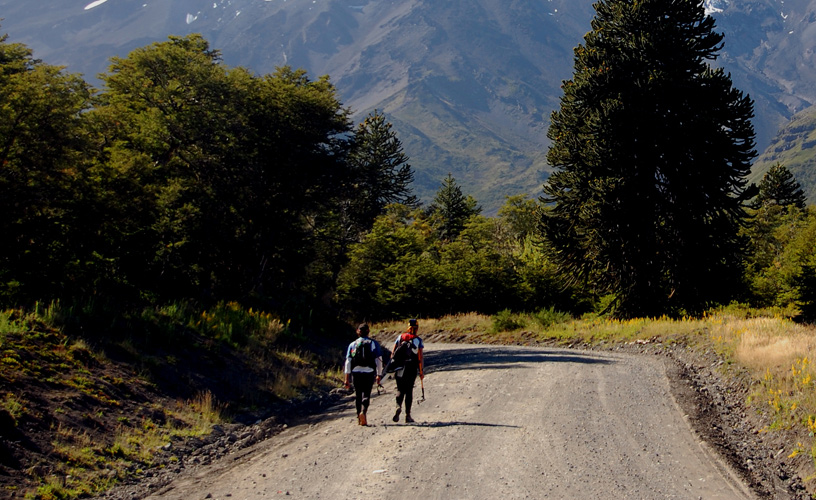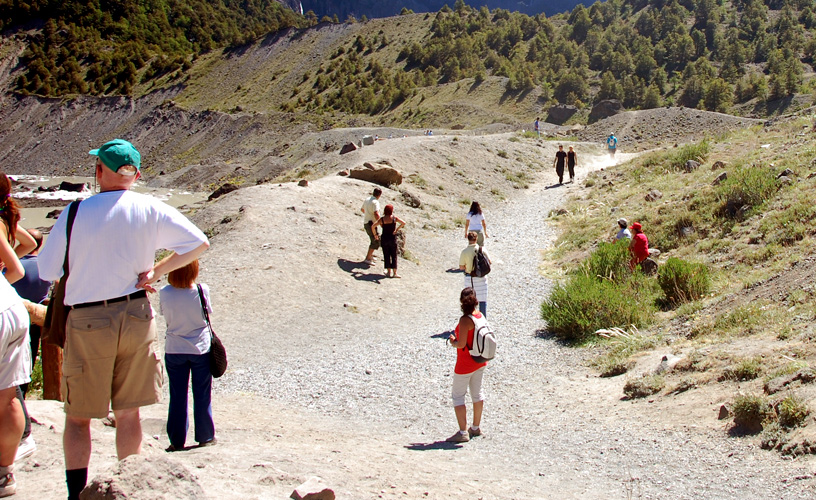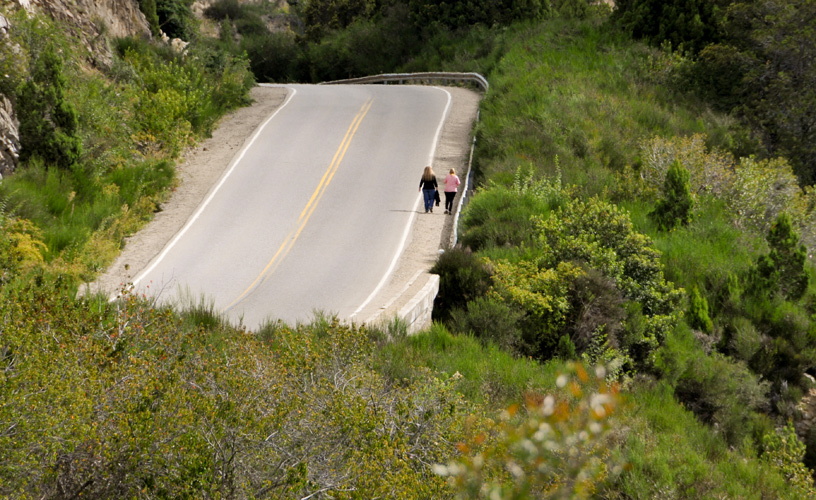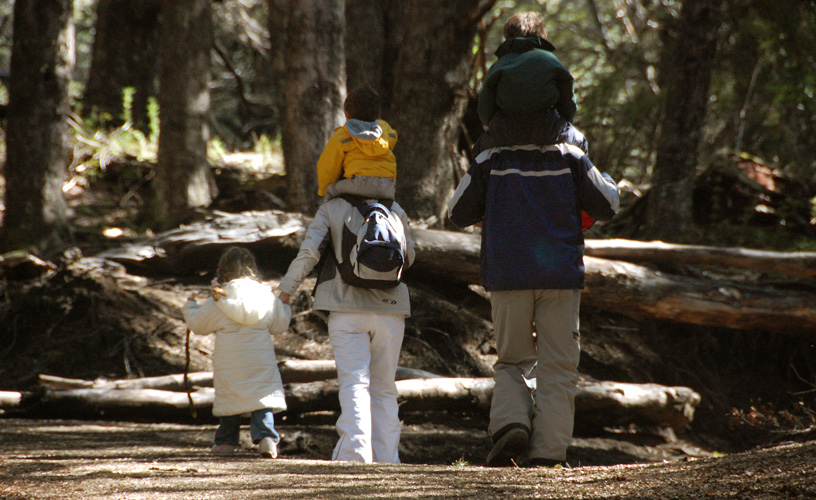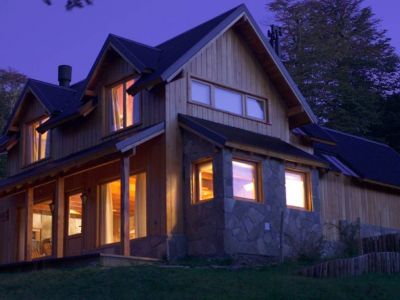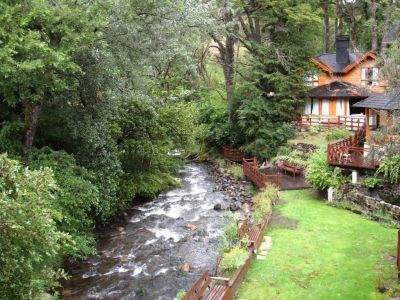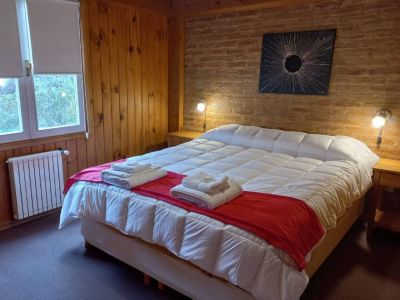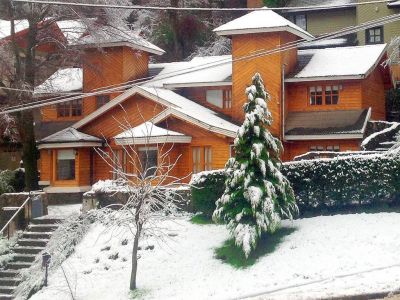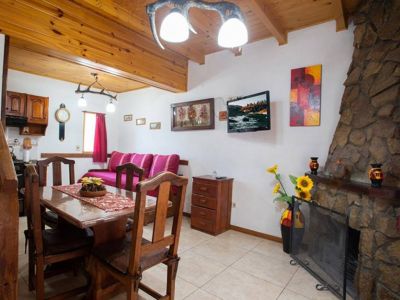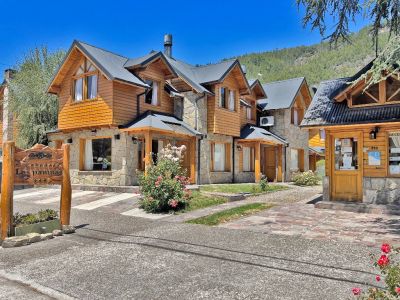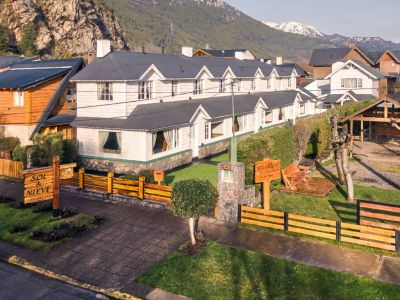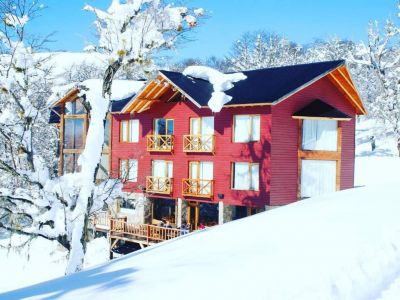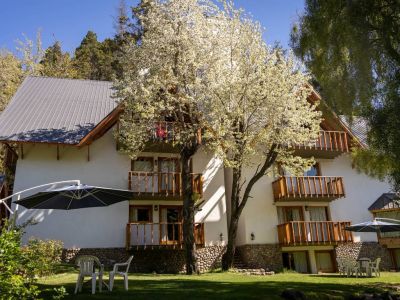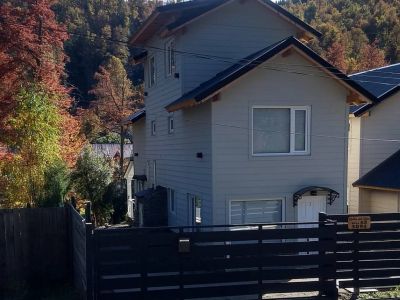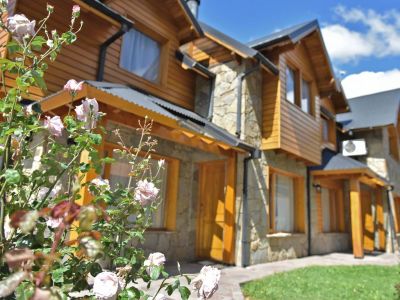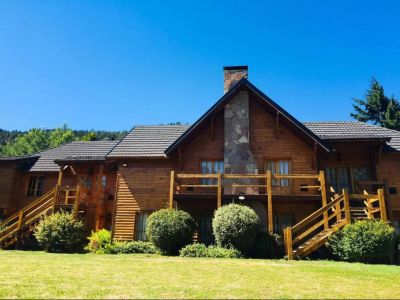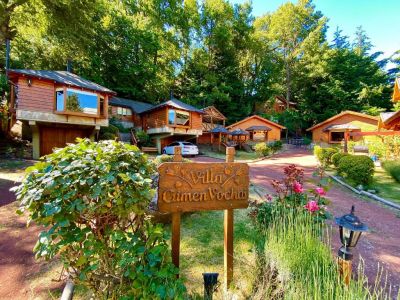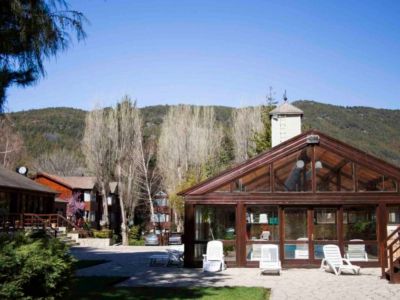San Martín de los Andes is a tourist destination coveted by those who choose to sleep under the stars during our vacations. Camping and hiking across the forests have been enhanced by Huella Andina, a project that joins the northern Patagonian Andes. We visited the Lanín National Park station, where we were given information and maps of the different circuits located close to the city. We were backpacking and carrying the necessary apparel and accessories. We chose a stretch near Lake Lácar, going from Quila Quina to Puesto Casanova. As we set out, we headed for Quila Quina, an extremely beautiful settlement that lies near the city and features a recreational campsite. It may be accessed either through the lake or through a gravel road. We decided to take the launch at the local pier and reached our destination half an hour later. According to the map, we were supposed to take the street that starts at the berth. We checked this information with a local denizen.
The Andean Track
We went up a well-defined trail and gained height little by little. As we reached an eye-catching cascade surrounded by vegetation and featuring an imposing sound on the creek known as Arroyo Grande, we stopped for a while. Then we bordered the Mapuche hamlet as the watercourse remained to our right. Trails and dirt shortcuts appeared here and there until we reached a zone where we would start descending. We crossed a brook balancing our weight over a log and then crossed an open clearing up to a vehicle track. We followed it and came to three gates that appeared in the map. We crossed them and took care to close them in order to prevent the animals from escaping. Eventually, and a result of the good signs present on the circuit, we came to Puesto Casanova.
Mónica Pons
Eduardo Epifanio
Contact of the excursion or tour
Intend. Parque Nacional Lanín
E. Frey 749, San Martín de los Andes, Neuquén, Agentina
Phone: +54 2972-427233
Puesto Casanova-Ruca Ñire stage: 15.7 kilometers; duration: 7 hours. Difficulty: intermediate.
November thru April every year
